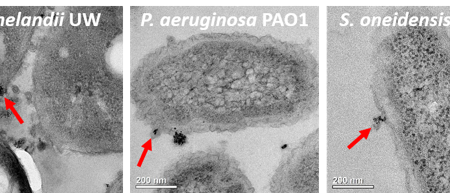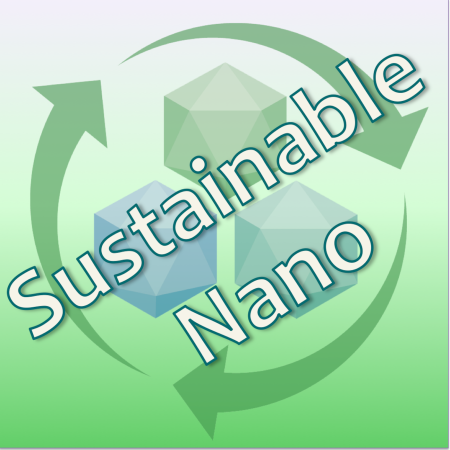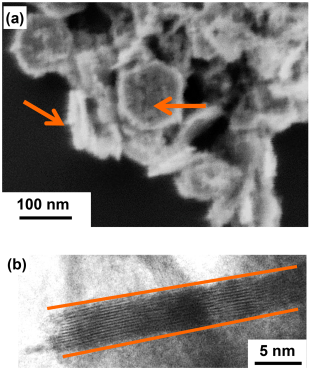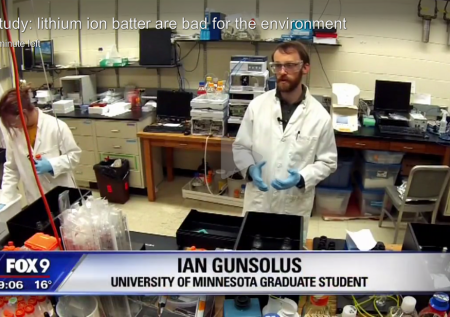
Tag: bacteria


Combining the Old With the New: using nanotechnology to enhance ancient medicines

Zack’s Nano Adventure

Nanoparticles can stick to bacteria, but does more nanoparticle sticking mean more toxicity?

Ep 3. Nanoparticles in Electric Car Batteries: How Do We Study Sustainability?

Bacteria in the Shell: A Nano-bio Hybrid for Solar Energy Capture

Battery Behavior in the Biosphere: How We Probed Nanoscale Battery Materials Interacting with Bacteria

Why do Scientists Care about Bacterial Replication?

More Media Coverage for NMC Paper
